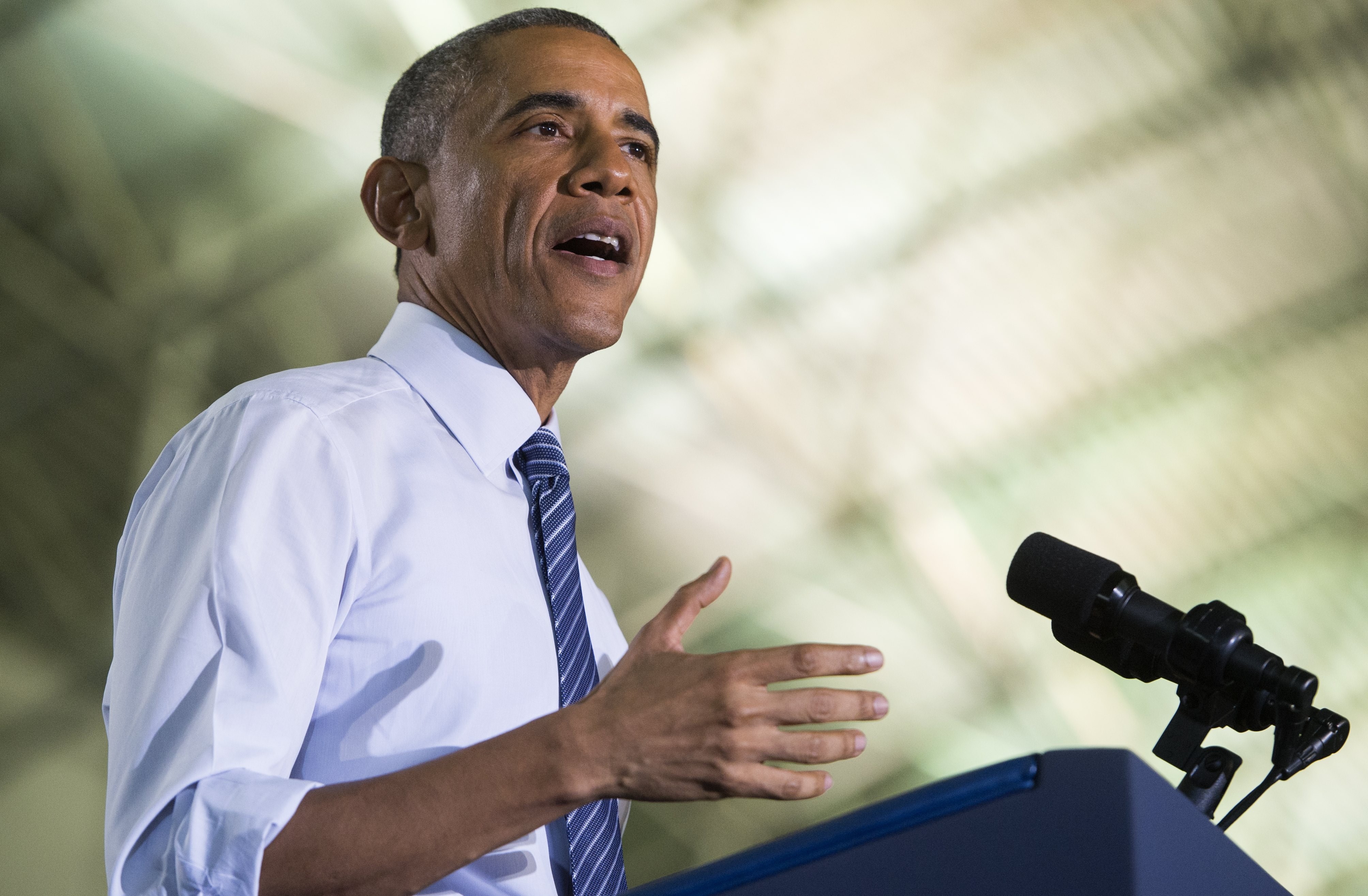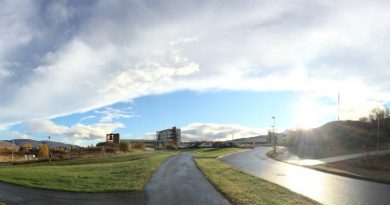Will Obama look north for his legacy?

These are the days when a president turns to thoughts of legacy.
As the months tick down on this Administration, President Obama has created a marine national monument off new England and last month vastly expanded one near Hawaii. Alaska interest groups are working to get his attention, too. Some want him to take bold action in the 49th State before he leaves office, and others are urging him to resist those calls.
A TV ad ran in Washington, D.C. this month that flashed footage of oil tankers bathed in the golden light of a Valdez sunset, an offshore drill rig, and Alaska Natives on the tundra.
Its call to action: “Tell the White House to keep the Arctic in the next off shore leasing program. It’s the right thing for Alaska. It’s the right for our nation.”
That’s part of a six-figure ad campaign by a coalition that includes the Alaska Oil and Gas Association, Arctic Slope Regional Corporation, unions, and the Independent Petroleum Association of America. They took out a full page ad in the Washington Post, too.
Will he or won’t he?
Meanwhile, environmental groups are working just as hard to make sure President Obama knows how much they want the Arctic ocean tracts removed from the off-shore leasing plan, due out this fall. That’s one way the president might choose to leave his mark on the 49thstate. Or he could do something really dramatic, like use his powers under the Antiquities Act to declare a national monument in Alaska, or off its shores. Sen. Lisa Murkowski dreads a White House announcement like that, which she believes would diminish Alaska’s opportunities.
“We’ve seen some indication that he doesn’t plan on any ocean protection designation,” she said. “But until we’re on the last day of the administration, I’m not going to rest and believe that’s the case.”
Some Alaskans, though, ARE hoping Obama will help them preserve their marine environment, in ways short of monument status.
Pollution concerns
Austin Ahmasuk of Nome is trying to marshal federal and local support for a presidential order about managing the Bering Strait. Ahmasuk is a marine advocate for Kawerak, the Native non-profit for the Bering Strait region. He says locals are especially concerned about increased pollution from ship traffic.
“At each point that our tribes have considered the north Bering Sea and climate change and shipping, we’ve asked – basically pleaded – with the Coast Guard that no discharges occur,” he said.
Ahmasuk says they’re still working an executive order they’d like the president to sign, and still gathering local support, although they started quite a while ago.
“At that time we thought, ‘Oh my gosh, there’s virtually no time with this president.’ This is two years ago,” he said. “And now here we are in 2016 and we think we have, of course, even less time now.”
Another person feeling deadline pressure is Pat Pletnikoff, the mayor of St. George, one of the Pribilof Islands in the Bering Sea. He does not want a presidential order, but he’d like to see the waters around St. George protected. Pletnikoff says St. George is witnessing some upsetting changes, like the loss of vast bird populations.
“You know, we see a lot of seals on our rookeries at St. George Island dead. And they’re dying because they’re probably starving,” he said, adding that they’d need more research to know for sure.
Marine conservation
Pletnikoff is wary of opposition from the fishing industry, so he wants to nominate St. George for possible designation as a marine sanctuary. That’s a public process that can take years. Pletnikoff says it would be more transparent.
“We’re not looking to close of lots of areas of sea to non-fishing,” he insists. “What we want to do is start to understand what it is that the fur seal population and the sea bird population require in the way food in order to thrive.”
Though he isn’t asking for an executive order, Pletnikoff has taken his case to the White House, to Obama’s top Arctic advisor. Pletnikoff knows this is a critical time for marine conservation.
“A lot of folks talk about the fact that perhaps the president would like to leave a legacy,” the mayor said, “and they’ve already done that significantly in the Hawaiian area and that there might be some need or desire on the part of the president to do the same thing in Alaska, because he’s the first sitting president to visit north of the Arctic Circle, in Alaska.”
If President Obama is planning to declare any monuments in Alaska, or off Arctic shores, he’s keeping his cards close to his vest. BLM Director Neil Kornze recently told Sen. Murkowski, at a committee hearing, that he does not know of any planned monuments in Alaska. But, he added, he’s not privy to the president’s thoughts.
Related stories from around the North:
Canada: Trudeau and Obama’s Arctic endeavours, Deutsche Welle’s Ice-Blogger
Denmark: Obama and Nordic leaders pledge Arctic cooperation, Alaska Dispatch News
Finland: UN rep. urges suspension of Sámi elections, Yle News
Greenland: Greenland, Alaska elections bolster Arctic resource extraction, Blog by Mia Bennett
Iceland: Meet Eliza Reid – Iceland’s Canadian first lady, Radio Canada International
Russia: How did the Russian Arctic vote?, The Indpendent Barents Observer
Sweden: Land, water rights big issues in Sweden’s Sami elections, Radio Sweden
United States: Obama gives final address to White House Tribal Nations Conference, Alaska Public Radio Network



